Palmetto Bluff Real Estate Company Sales Office
Office Hours
Monday-Friday 9am - 5pm
Saturday 9am - 4pm
Sunday 12 - 4pm
Saturday 9am - 4pm
Sunday 12 - 4pm
There is so much to discover within the great Palmetto State. Yes, South Carolina is renowned for its smiling face faces and beautiful places. However, the state is also proud of its intriguing history and rich heritage. As one of the original 13 colonies, there is much to explore and learn at the following South Carolina historical places.
Continue reading to learn more about these must-visit historical places in South Carolina.
At the mouth of Charleston Harbor, two forts have rich historical significance to our country’s independence. During the American Revolution, patriots built the original Fort Moultrie, which bears the commander’s name, who played a crucial role in the victory over the British Navy in 1776. After America gained its independence, the construction of Fort Sumter began — in honor of Thomas Sumter, the American Revolutionary War hero.
Fort Moultrie has been rebuilt many times due to British captivation in the late 1700s and neglect from natural disasters. Since then, however, the fort has undergone modernization and restoration to depict the key eras of its unique history, from the Palmetto-log fort of 1776 to the World War II Harbor Entrance Control Post.
As a part of many efforts to bolster marine fortifications following the War of 1812, the neighboring Fort Sumter was built on Sullivan’s Island. The first shots of the Civil War were fired here — officially marking the beginning of the war on April 21, 1861. Fort Sumter became the center of a protracted defense, and the Confederates maintained it for over four years. However, Fort Sumter was diminished to ruins after the Siege of Charleston — the most prolonged siege in American military history. The abandoned Fort Sumter was largely refurbished after the Civil War. It saw limited service in the 1870s and 1880s and was finally relegated to acting as Charleston Harbor’s lighthouse station.
Visitors must acquire an admission permit at the Fort Moultrie Visitor Center when visiting Fort Moultrie. As for Fort Sumter, you may only access it by tour boat.
Fort Sumter and Fort Moultrie National Historical Park offer a glimpse into the hardships and triumphs of American heroes, from the American Revolution to the present-day battles. Visiting these forts is a powerful way to follow in the footsteps of people who contributed to the creation of the new nation and those who battled to protect it.
The Battle of Kings Mountain was “the turn of the tide of success,” as put by Thomas Jefferson. On October 7, 1780, this site saw the Battle of Kings Mountain, a significant American victory in the Revolutionary War. The conflict was the first American victory following the British siege of Charleston in May 1780. The Kings Mountain National Military Parknow protects the location of this historically significant battle.
In South Carolina’s backcountry, a battlefield trail — Overmountain Victory National Historic Trail — allows visitors to see one of the first Revolutionary battles fought between Revolutionaries and Loyalists. The trail passes several memorials, including Patrick Ferguson’s grave, the leader of the loyalist forces that perished during the Battle of Kings Mountain. As you walk on the same path as the American Patriots, you will undoubtedly feel you are experiencing time travel.
Previously called Snee Farms, the Charles Pinckney National Historic Site lies on 28 acres. Pinckney inherited Snee Farms in 1782 from his father, which consisted of 715 acres of rice and indigo plantations. A four-term governor of South Carolina, Charles Pinckney was a principal author and signer of the United States Constitution, and the historic site tells his story. Also, the relics of Charles Pinckney’s coastal property chronicle the lives of African Americans who were held as enslaved people on South Carolina Lowcountry estates.
The historic site houses a museum and tourist center with a Lowcountry coastal cottage built in 1828. Surrounding the property grounds are enchanting gardens and towering canopies of live oak and Spanish moss. The museum tells the story of Charles Pinckney’s contributions to the U.S. Constitution through exhibits and films about the United States as a new and developing country and life on a plantation in the 18th century for free and enslaved residents. For anyone in the region who enjoys history, this is a must-stop for South Carolina historical places. Plus, admission is free!
The Cowpens National Battlefield honors a pivotal battle that altered the course of the American Revolution. Daniel Morgan led his army of men to a stunning victory on this battleground on January 17, 1781. Historians regard this battle as one of the most significant of the American Revolution because it was one of the few effective double envelopments in history. Following the American triumph at neighboring Kings Mountain on October 7, 1780, the British forces led by General Charles Cornwallis suffered another crushing loss at Cowpens. After the fight, just nine months later, Cornwallis was compelled to give up his army to General George Washington at Yorktown, Virginia, in October 1781.
Start exploring the park at the visitor center, where you can learn more about the park, the American Revolution’s Southern Campaign, and the Battle of Cowpens. Start exploring at the visitor center, where you can learn more about the park, the American Revolution’s Southern Campaign, and the battle itself. The site’s main attractions include an 18-minute live-action theater film called “Cowpens: A Battle Remembered,” a museum showcasing historical artifacts and weapons, and a bookstore run by America’s National Parks.
Suggested: Palmetto Bluff Preserved: Cataloging Artifacts Found at the Bluff
If these South Carolina historical places pique your interest, you should discover the history behind our community: Palmetto Bluff. Here, the land takes precedence. Our 20,000 acres of our property require careful stewardship and protection of its natural resources. The Palmetto Bluff Conservancy and our owners collaborate to uphold the conservation vision for this unique area of land — full of Lowcountry history and culture.
Click the links for more blogs about our own history including Astbury Street, Steedman Street, Lithic Street, Trout Hole Road, Gallavant Street, Gilded Street, Musket Road, & Blue Glass Ball Jar!
We strive to honor and protect our state’s natural heritage and the land surrounding the Bluff. To learn more about our missions as a residential community, click the button below to schedule a tour. We look forward to introducing you to the Bluff!
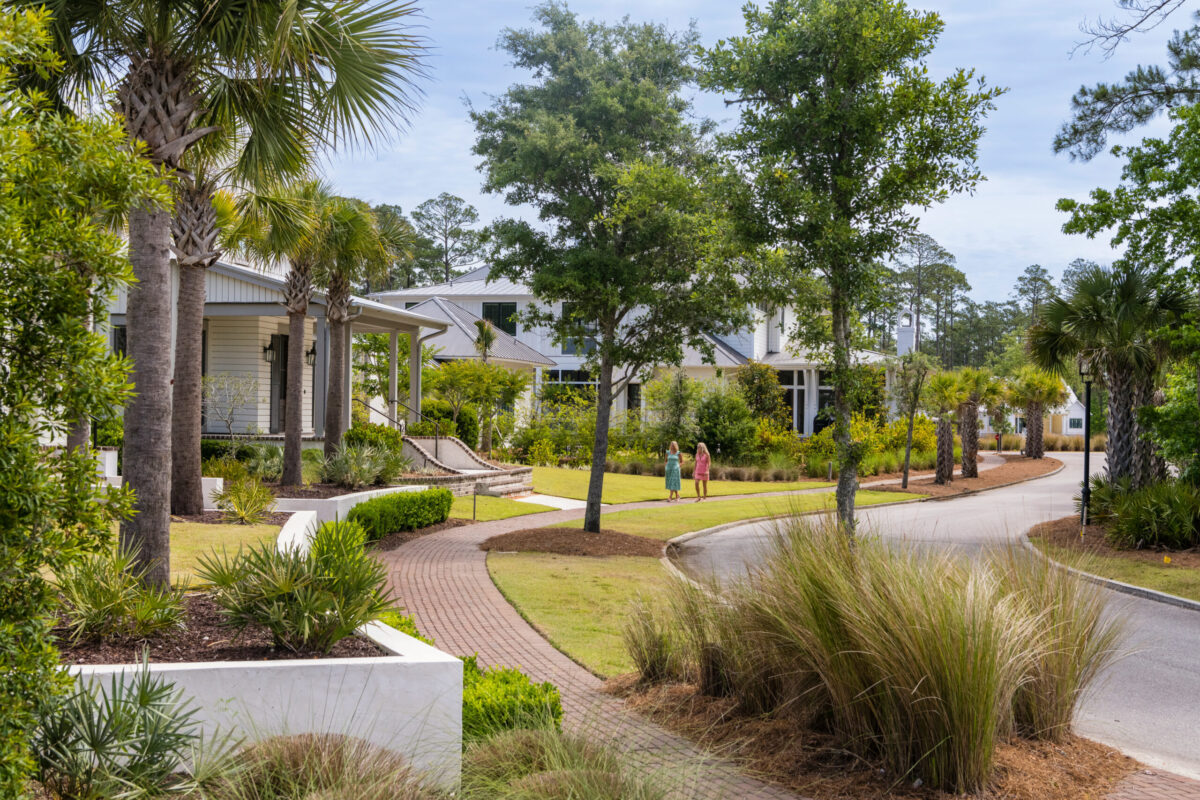
Explore All Moreland Village Has to Offer at Palmetto Bluff Moreland Village at Palmetto Bluff offers a rare blend of Lowcountry charm, modern amenities, and a deep connection to nature. Surrounded by the serene waters of the Inland Waterway, the New River, a...
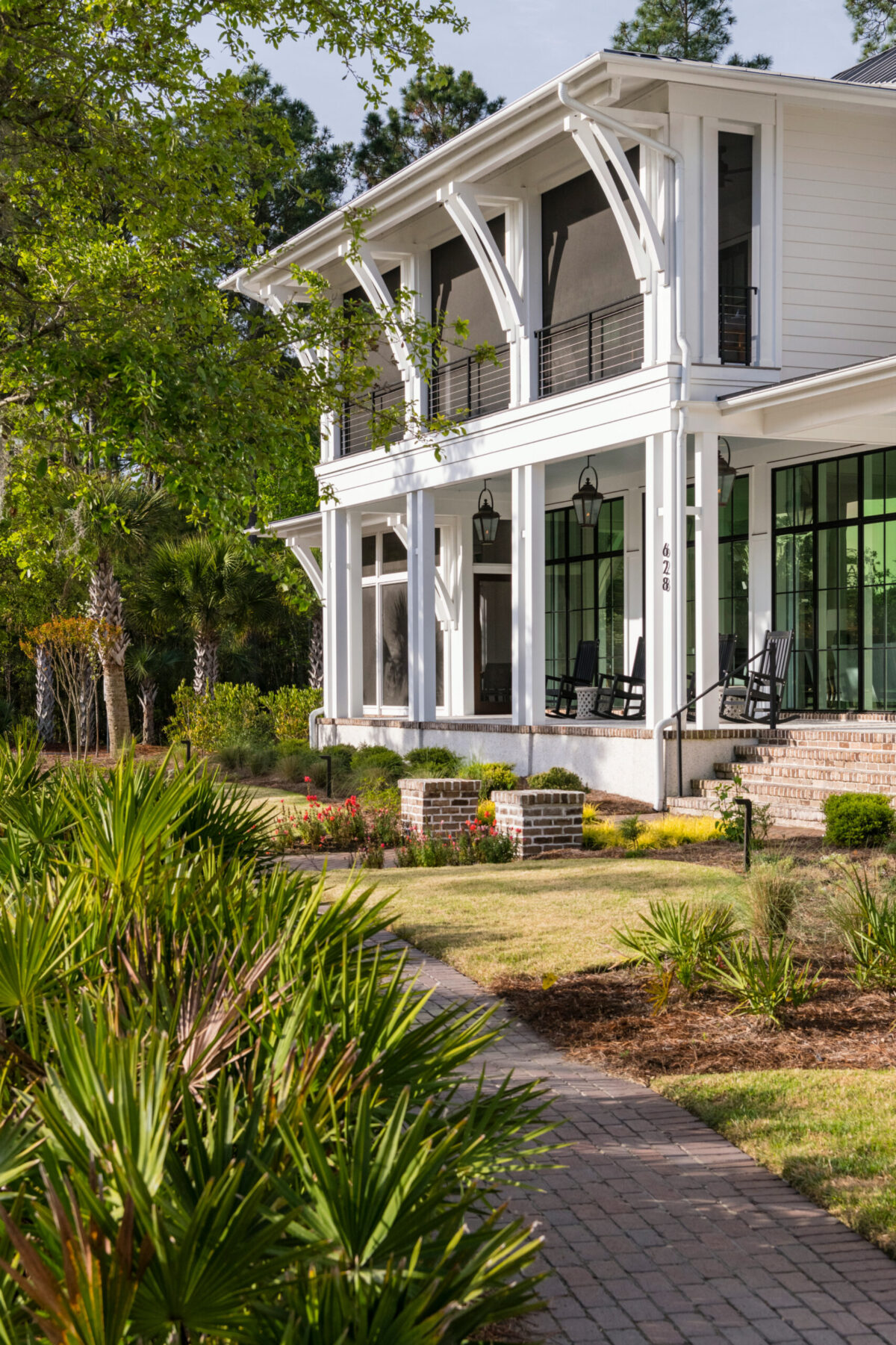
Real Estate in Bluffton, SC: Trends, Updates, and Insights As we step into 2025, the South Carolina housing market continues to shift and evolve, with Palmetto Bluff standing out as a premier destination for luxury and Lowcountry living. With a record-setting...
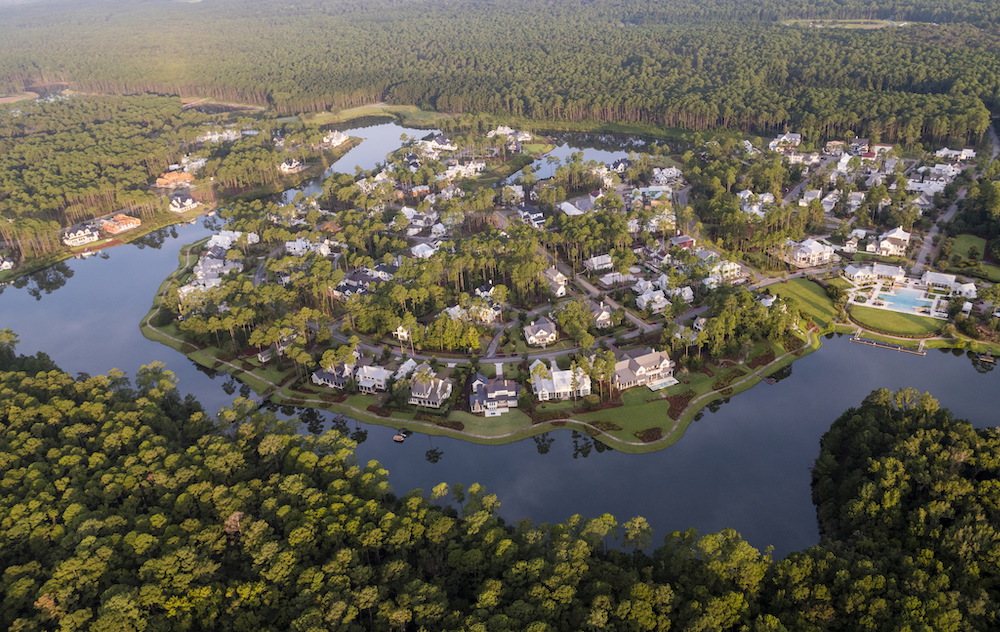
Create Lasting Habits With These 6 Palmetto Bluff Activities As the new year sets in, many of us find ourselves determined to stick to those resolutions we set just a few weeks ago. Whether it's getting fit, staying active, or embracing a healthier lifestyle,...

Gone are the days of whitewashed walls and neutral greys; patterned wallpaper and tile are making a comeback in the interior design world in a big way. Around Palmetto Bluff, the trend (or tradition, according to some) offers surprising details and delightful ...

The Palmetto Bluff Conservancy is starting 2025 off with a calendar full of exciting educational events and workshops. At the Bluff, we are lucky to have an abundance of programming for both members and the public. We asked Outreach & Education Manager Aar...
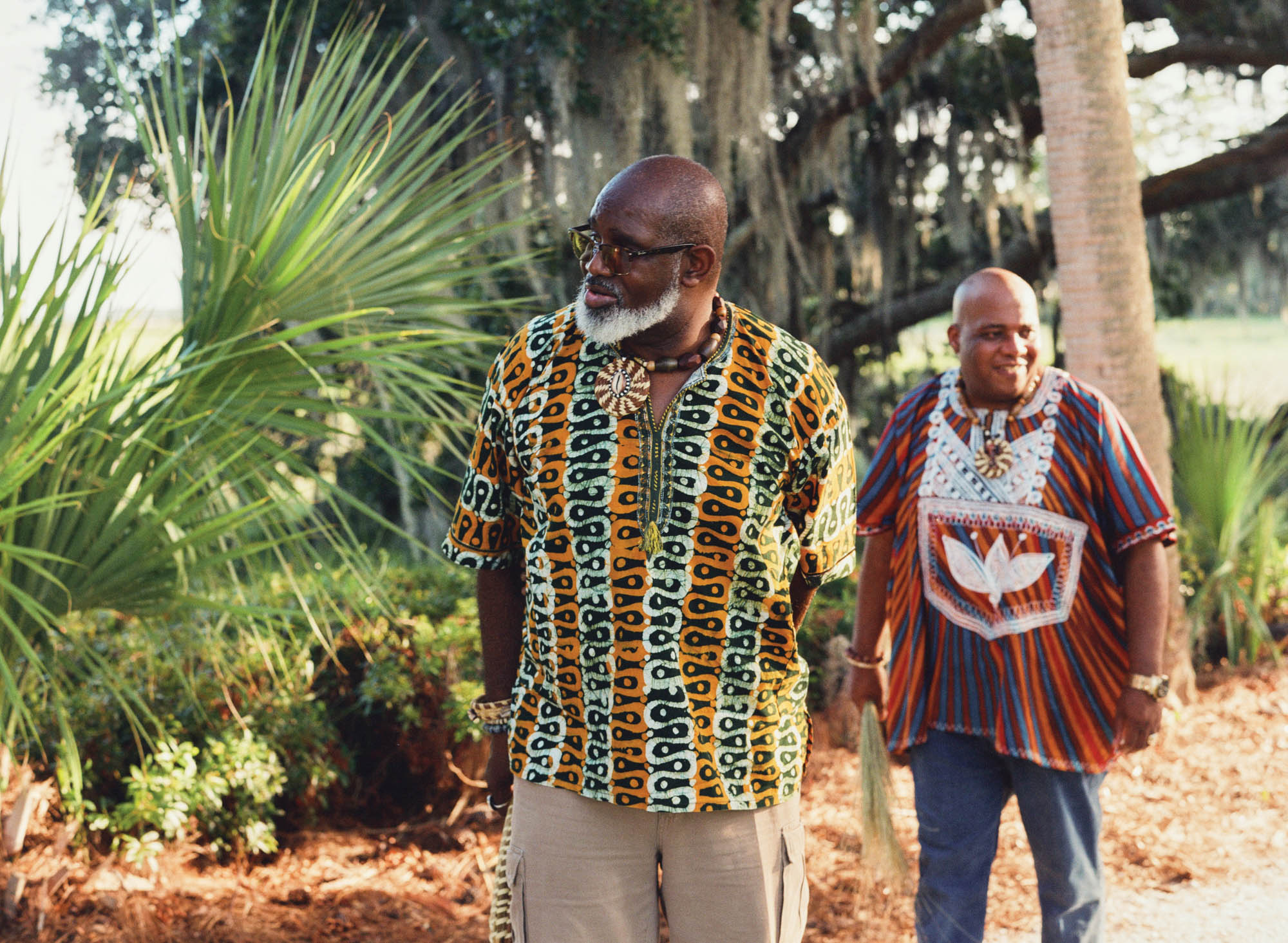
On a warm summer afternoon in Moreland Village, light streams in the windows of the Conservancy classroom as Michael Smalls and Dino Badger lay out bunches of sweetgrass and curling palmetto fronds. The workshop today is part of The Arts Initiative at Palmetto...
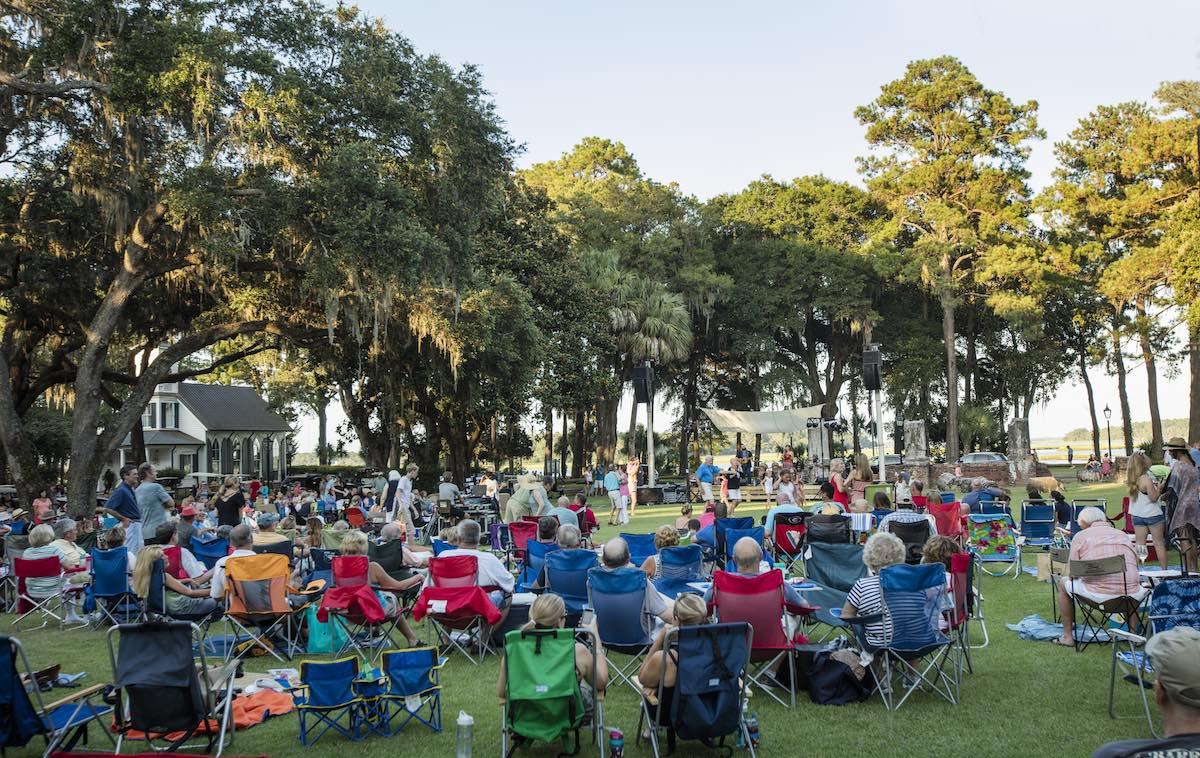
2025 Events Near Palmetto Bluff Positioned in the heart of the Lowcountry, Palmetto Bluff stands as a beacon of coastal elegance, offering an unparalleled blend of luxurious living and unforgettable events that capture the essence of this charming region. In ...

James’ Journey to Palmetto Bluff At Palmetto Bluff, golf is more than a sport—it's an experience deeply rooted in the Lowcountry's natural beauty and unique culture. James Swift, the Director of Golf, brings a lifetime of dedication and passion to this except...
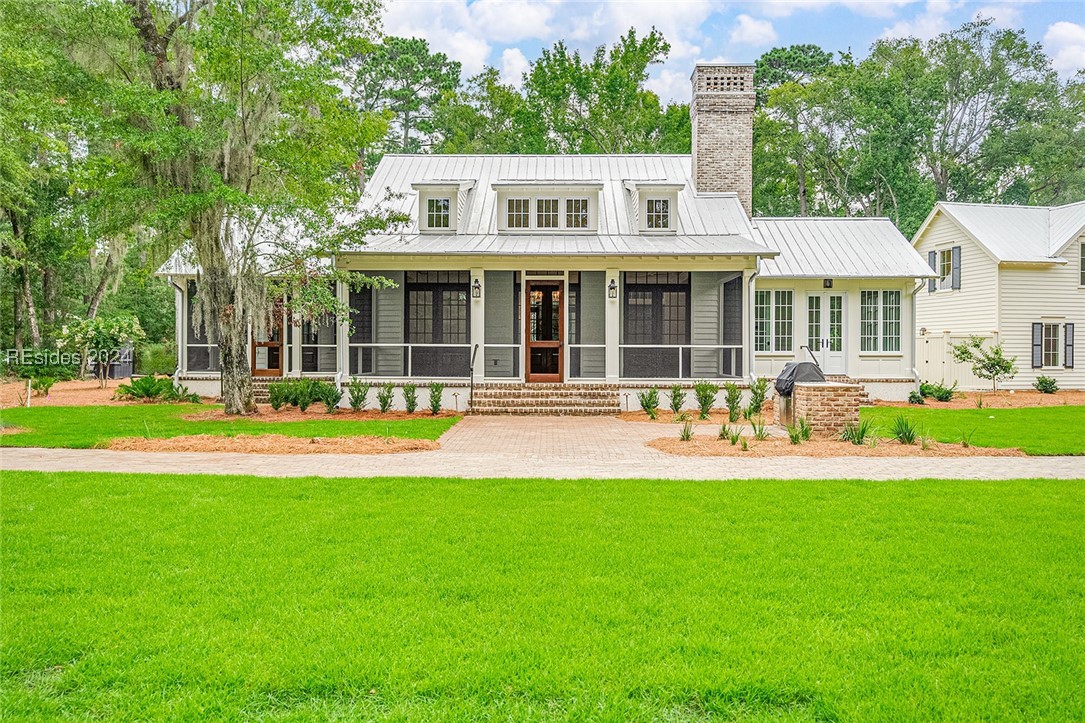
Projects By the Palmetto Bluff Builders Team A home is more than just bricks and mortar; it's where cherished memories are made and dreams come to life. At Palmetto Bluff, the Palmetto Bluff Builders team brings your dream home to life by offering a curated c...

Martin’s Journey to Palmetto Bluff Real Estate Situated in the heart of Bluffton, South Carolina, Palmetto Bluff is more than just a community—it's a place of magic and wonder. For Martin Roache, a dedicated sales agent with the Palmetto Bluff Real Estate Com...
Learn about the Palmetto Bluff Conservancy and how we keep the vision of our land in place.
On land or water, there is an ever-evolving variety of activities.
We do not attempt to independently verify the currency, completeness, accuracy or authenticity of the data contained herein. All area measurements and calculations are approximate and should be independently verified. Data may be subject to transcription and transmission errors. Accordingly, the data is provided on an “as is” “as available” basis only and may not reflect all real estate activity in the market”. © [2023] REsides, Inc. All rights reserved. Certain information contained herein is derived from information, which is the licensed property of, and copyrighted by, REsides, Inc.